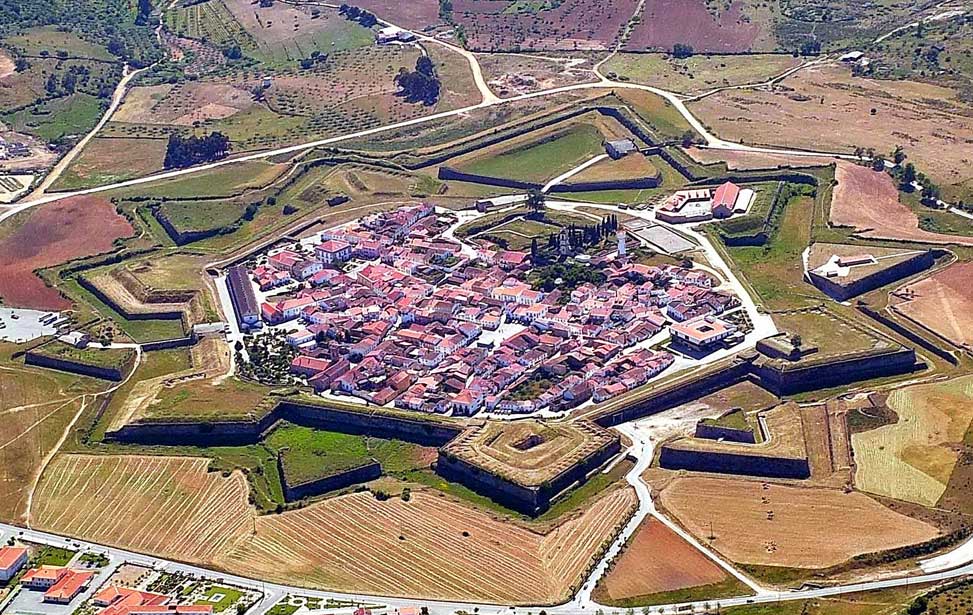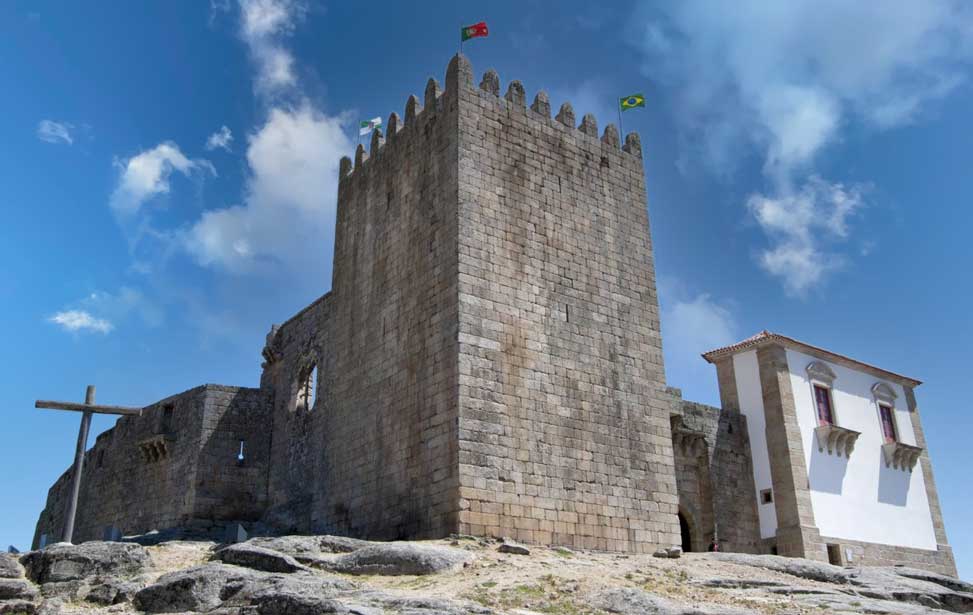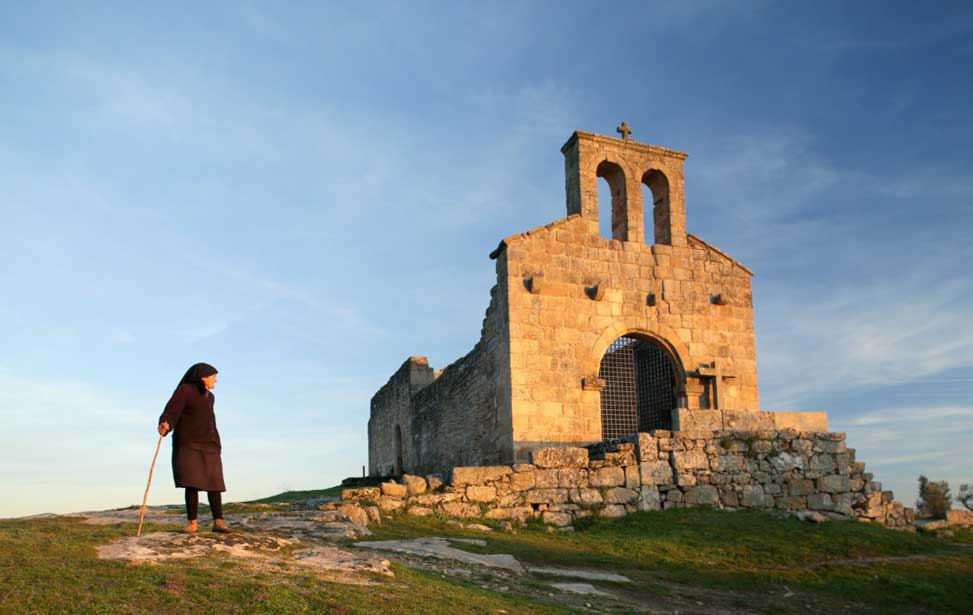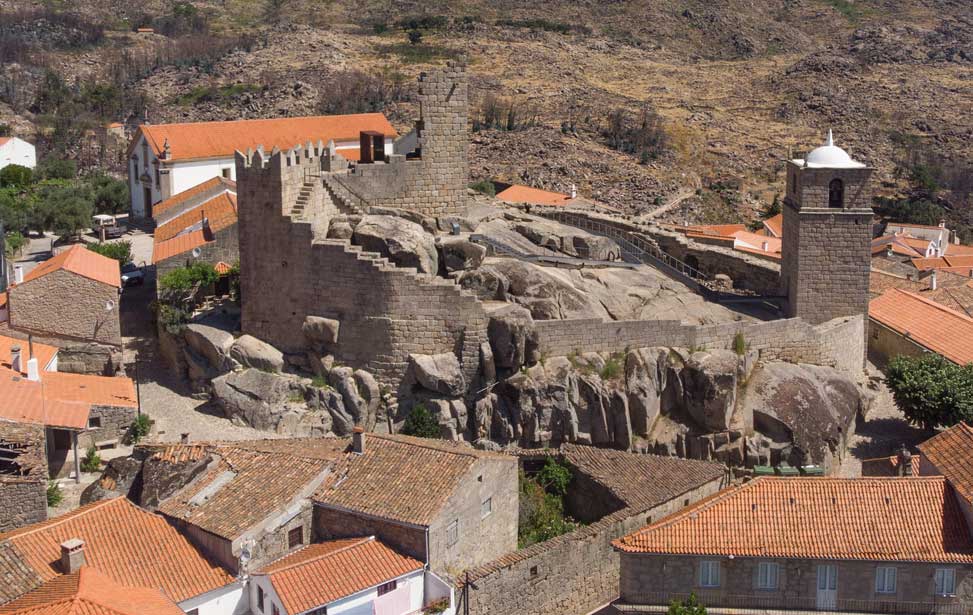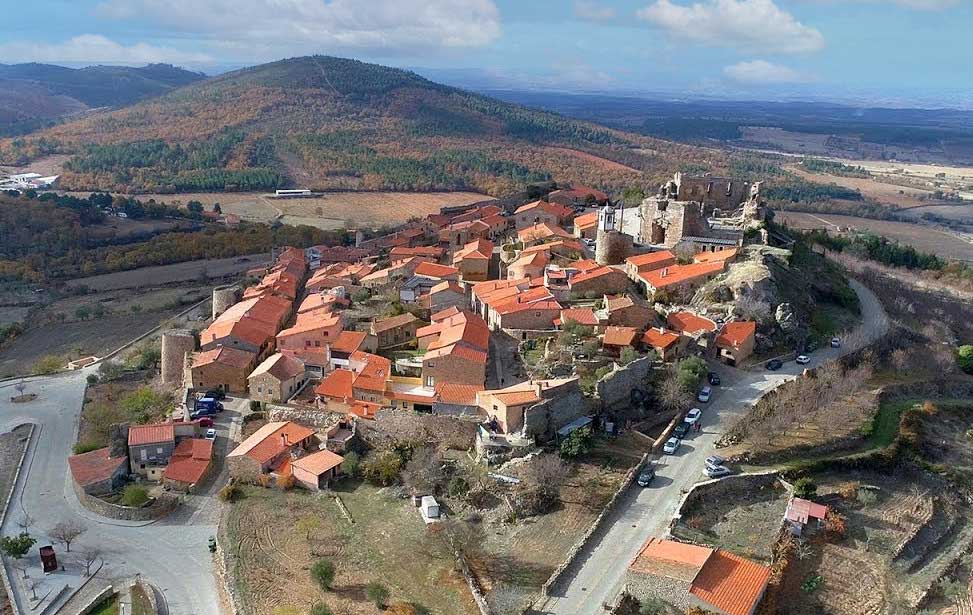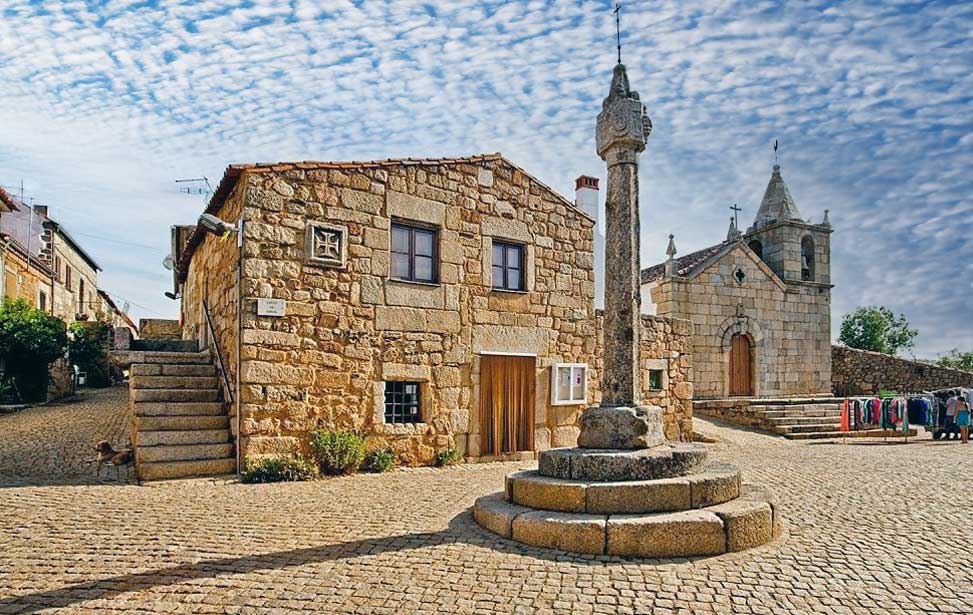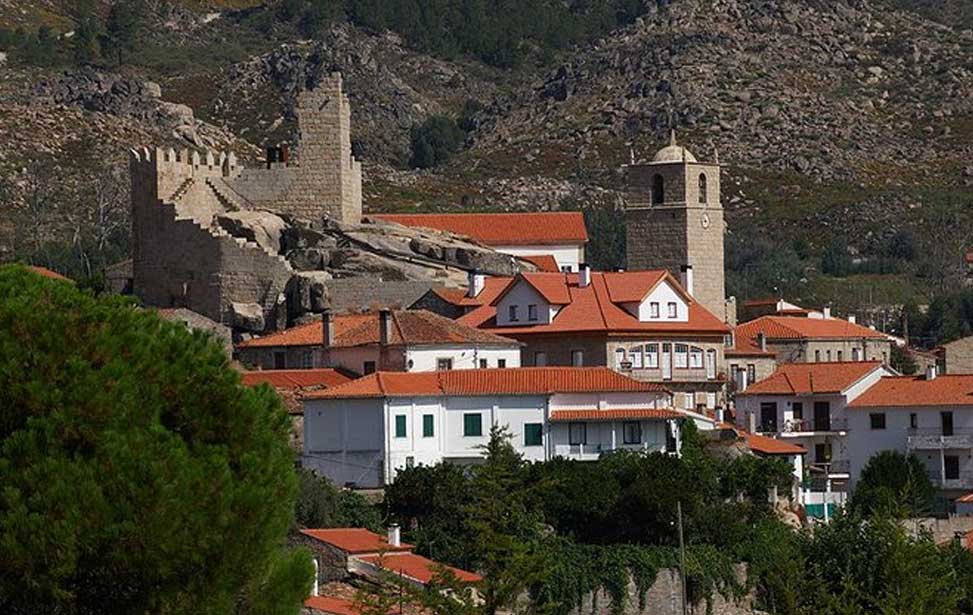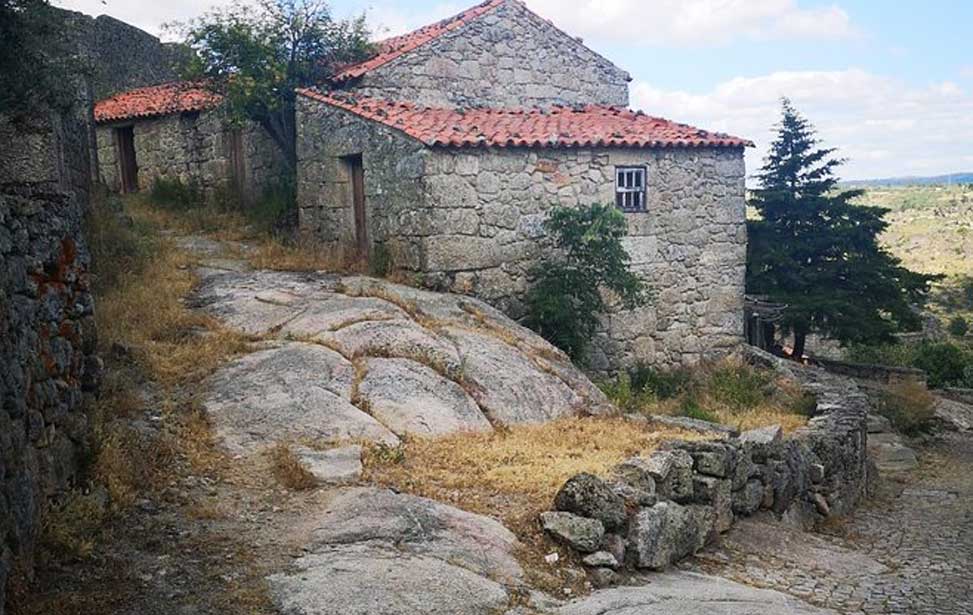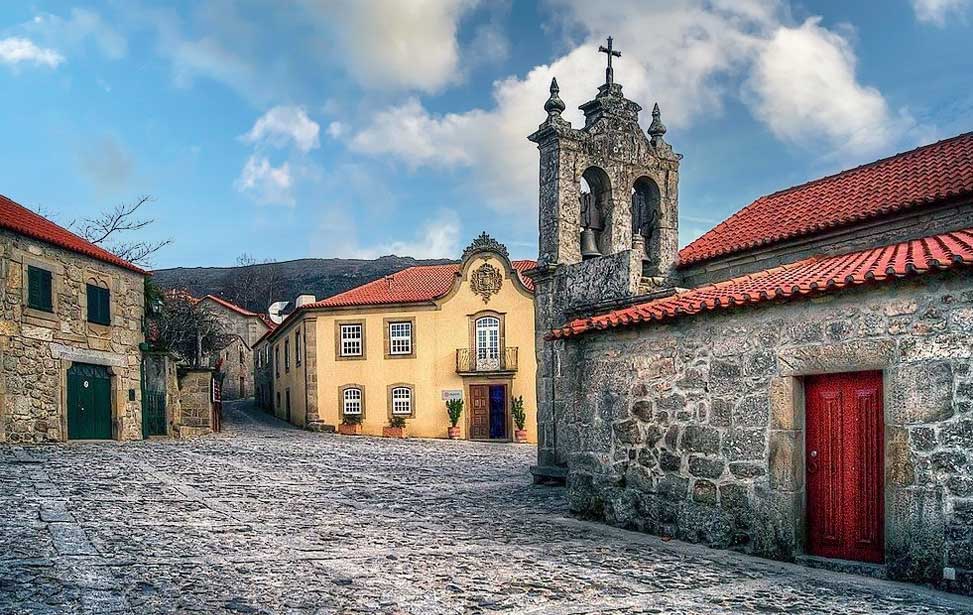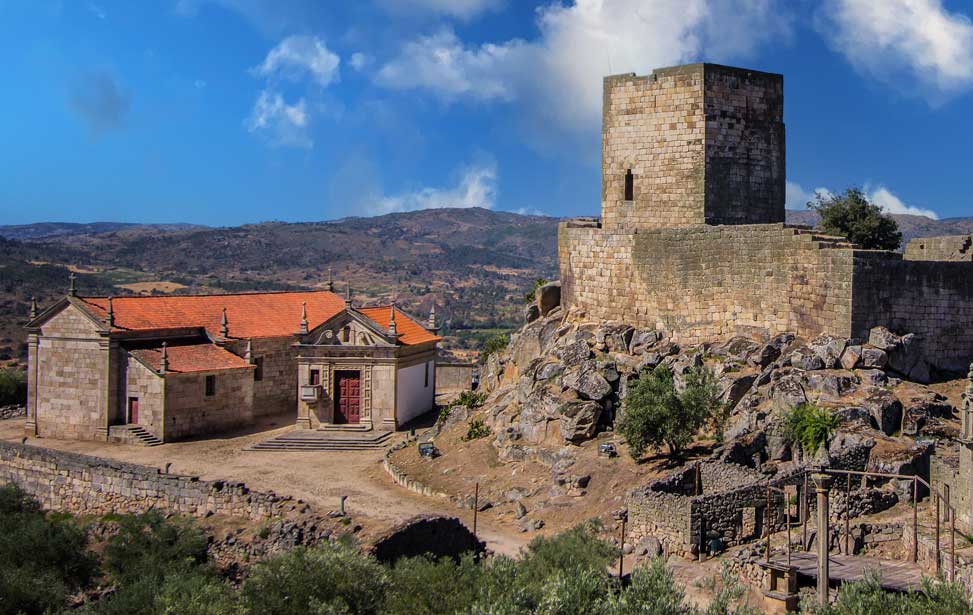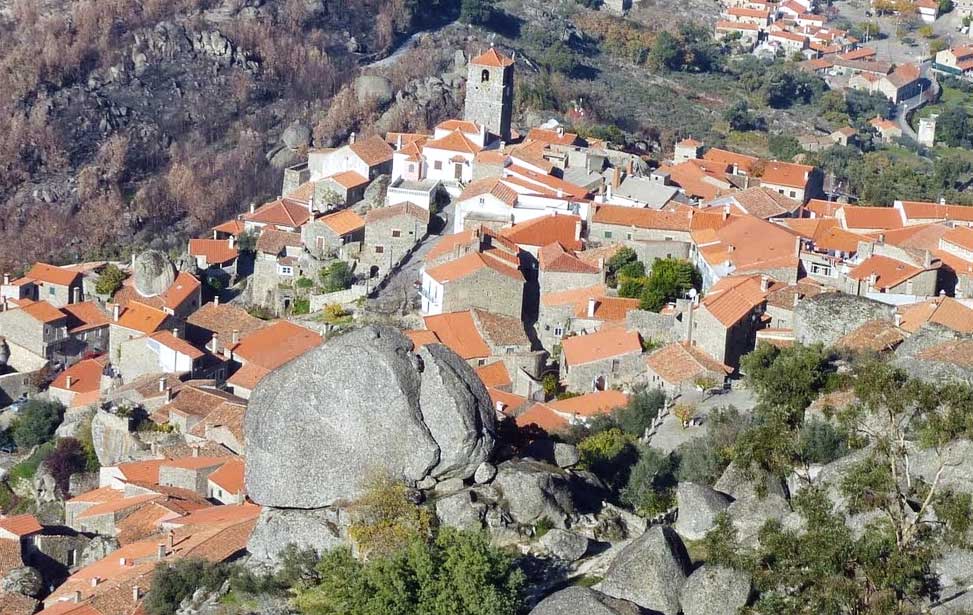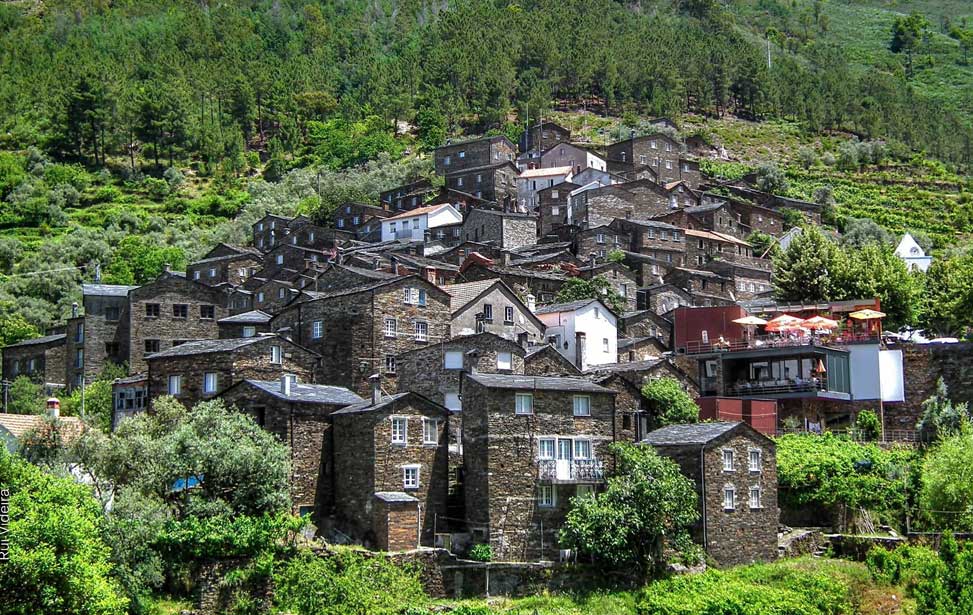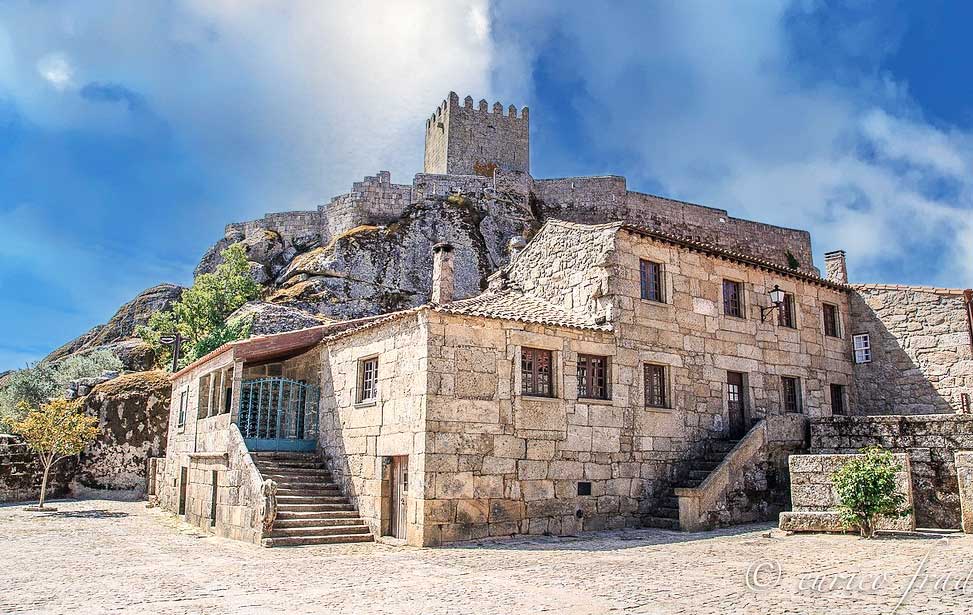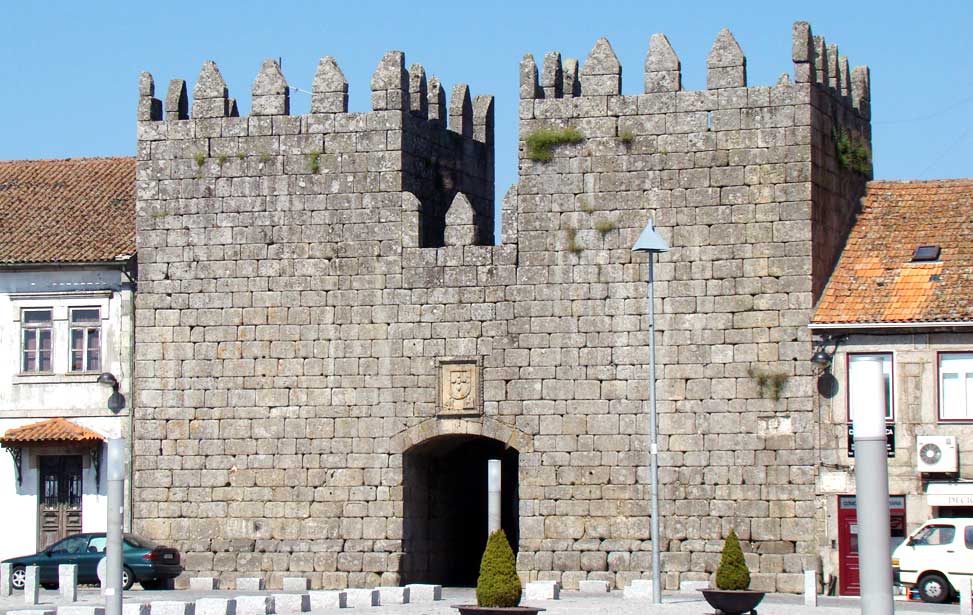WHAT IS THE HISTORIC VILLAGES OF PORTUGAL PROGRAMME?
The Historic villages of Portugal (Programa de Aldeias Históricas) is a restoration programme started in 1991 and encompasses twelve small, yet statically important, ancient villages within the Beira Interior region of Central Portugal. Each settlement involved in the project has, in some way, played a pivotal role in the creation and defence of Portugal throughout history. Originally encompassing ten villages the programme has since been extended to twelve and includes: Almeida, Belmonte, Castelo Mendo, Castelo Novo, Castelo Rodrigo, Idanha-a-Velha, Linhares da Beira, Marialva, Monsanto, Piodão, Sortelha and Trancoso.
Ironically it was peacetime that brought these splendid villages into decline. The regional economy collapsed and the young moved to more urban areas where the way of life is more prosperous and easy. Little by little buildings emptied, populations became older and the villages began to crumble. Since its inauguration the Programa de Aldeias Históricas restoration scheme has not only restored the physical aspects of the villages but also improved public access, and transport, encouraging tourism and thus reanimating the life of these historical homesteads. Today the old people who remained here rub shoulders with visitors eager to witness a living snapshot into the past.






